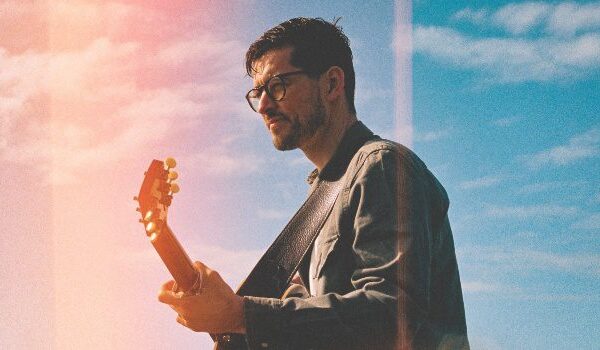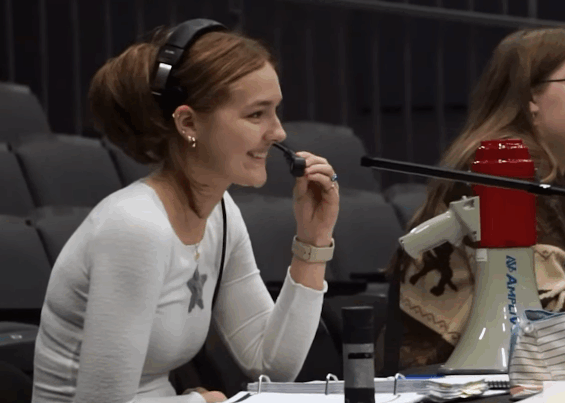Amid all the uncertainty in college athletics, it is comforting to know that those in leadership are keeping students as their core priority when making difficult decisions. The University of Northwestern–St. Paul’s athletic department is committed to athletes’ needs, and they anticipated that a lack of community would result from choosing not to compete. This, along with many other factors, contributed to the department’s decision to offer fall seasons and plans to participate in conference in the spring.
Matt B. Hill, Northwestern’s Director of Athletics and a member of the National Collegiate Athletic Association’s Management Council, commented, “As far as I know, we are the only NCAA Division III university in the country competing in volleyball, golf and cross-country this fall.” Many universities in other NCAA divisions, as well as most schools on the east and west coast, are not competing.
The National Collegiate Athletic Association began meeting to discuss this academic year’s season back in May. Some topics discussed included the protocols for play, the cleaning of facilities and how teams would travel safely. The association also began constructing statements of core principles and standards, which were revised over the course of the summer.
Corey Borchardt, the Upper Midwest Athletic Conference’s Commissioner, said, “In June and July, meetings were more concerned with schools bringing back students to campus and how they can athletically structure it from a safety standpoint.” In August, the NCAA made the decision to move all high-risk fall sports’ conference competitions to the spring. In the same month, the association’s recommendations to universities regarding testing became requirements.
Each institution has their own rules in place as well. At Northwestern, athletes are tested on-campus 24 hours before a contest. The tests cost $25 when administered on-campus and $75 when provided by Hennepin County Medical Center. They are sufficient for 72 hours, so athletes often play two games after being tested. In addition, there are protocols on equipment use, how many athletes can be in the training and weight rooms at a time, cleaning and sanitization practices, fan limitations and masking when not competing or practicing.
“To date, since training camp has started, we have had only one positive result in well over 500 tests given,” Hill celebrated. The athletic department has purchased air ionizers and two Clorox 360 machines, which are the same machines that airlines and the NFL use. “We have been diligent in masking and social distancing as much as possible during practices and games,” Hill also commented.
“The part our athletes miss the most is the community they get from athletics,” Borchardt said. “We have made decisions that are the best decisions at this point, but we also realize that this has negatively impacted their athletic experience.” Despite many moving pieces, the leadership at Northwestern and the UMAC is dedicated to providing opportunities safely. Borchardt concluded by saying, “I hope that the worst is behind us, and I think it is. These are not light decisions that are being made, but I think we will be moving forward.”


